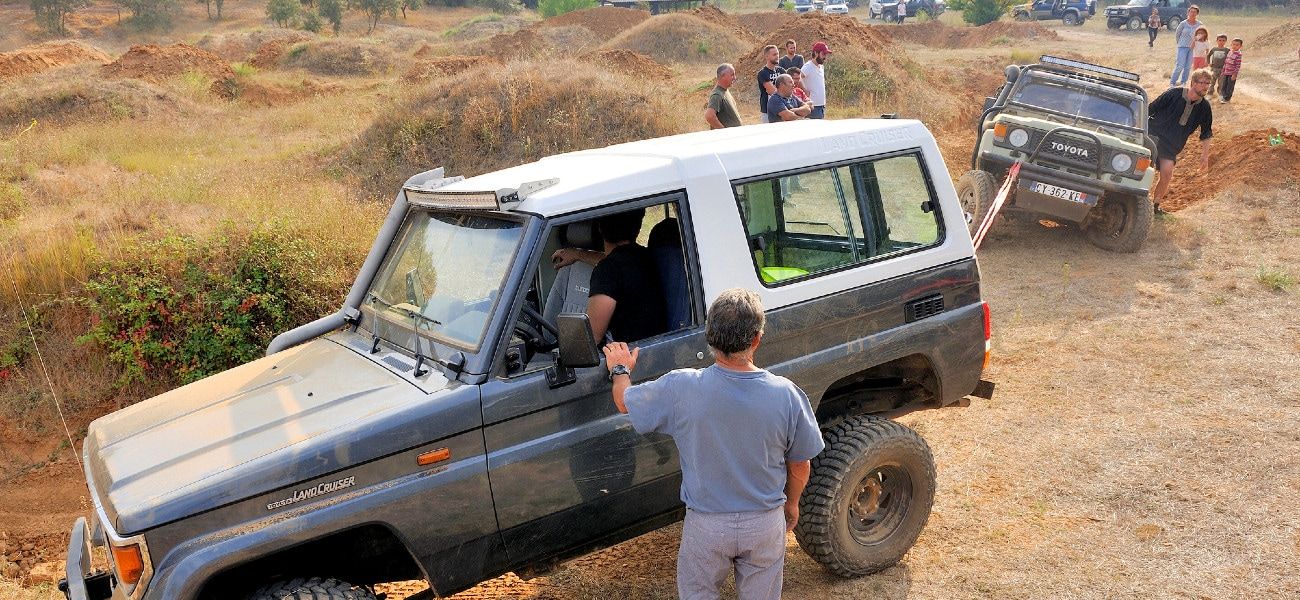Are you unsure about the difference between AWD and 4WD?
It’s easy to get these configurations confused because there are similarities. Both of them give the wheels power to increase traction. This gives the vehicle more grip when crossing rough terrain or driving in slippery conditions.
However, they don’t achieve this in the same way. Also, there are times when a driver may prefer one system or the other. It depends on where you intend to drive and what you want to use your vehicle for.
In this guide, we’ll look at AWD vs 4WD so that you can decide which is best for your needs. Let’s get started!
What’s the Difference Between AWD and 4WD?
Firstly, let’s try to understand how these systems work.
Four-Wheel-Drive
4WD refers to four-wheel drive. It’s popular for work vehicles like trucks or tractors because the increased traction gives them more grip and power. They operate a heavy transfer case with a high and low gear range.
The system sends higher torque to all four wheels. The low gear range is ideal for off-roading or tougher environments. Meanwhile, the high gear range is useful for slippery road conditions.
The latter is also regarded as the default setting.
Four-wheel drive is available in part-time or full-time systems. Traditionally, the former was more common in commercial vehicles like trucks or work SUVs. The driver would activate the system by engaging a lever or pushing a button.
These days full-time systems are common in many vehicles, including luxury cars.
Full-time 4WD sends power to all four wheels continuously. The driver may be able to change the power received by individual wheels.
Alternatively, more advanced and newer cars can configure this automatically.
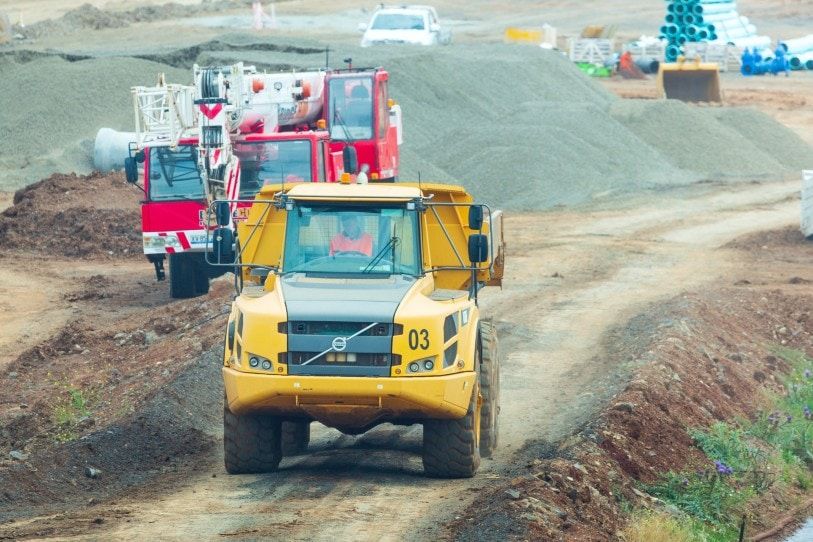
All-Wheel-Drive
All-wheel-drive (AWD) is another popular configuration.
Confusingly, it also sends power to the four wheels. However, the difference is that it does so continuously without any input from the driver. AWD automatically adjusts the vehicle’s traction control while it’s in motion.
Unlike standard two-wheel-drive systems, the front and rear wheel axles are working at the same time. The main advantage of AWD is that drivers usually don’t need to make any decisions, unlike 4WD.
Simply leave it in the hands of the system and take off!

Which is better: AWD or 4WD?
Most drivers agree that 4WD offers more possibilities and flexibility than AWD.
All-wheel-drive’s main benefit is that it’s constantly working. This makes it great for road vehicles, especially in unfavourable conditions. It can even be great on a dry road because it will maximise power to all four wheels.
However, 4WD is generally superior for off-roading.
Firstly, many systems enable the driver to choose between 2WD and 4WD. This makes the vehicle more fuel-efficient. Many people also consider AWD as a lighter and less powerful version of 4WD.

Is AWD or 4WD better in the snow?
4WD and AWD are both effective in snow and ice.
People living in rural areas will probably prefer four-wheel-drive. This will enable them to drive through bigger snowdrifts and navigate unplowed areas. AWD will be less effective in these conditions.
While 4WD has the advantage in snow, an AWD configuration makes sense for ice.
That’s because it sends increased traction to all four wheels at the same time. Ice creates an uneven and slippery surface so an automatic system takes away a lot of stress. There is increased traction and the driver doesn’t have to make decisions.
As a result, it depends on your personal needs. If you’re a city driver, AWD will work well. However, rural and long-distance vehicles may benefit more from 4WD.
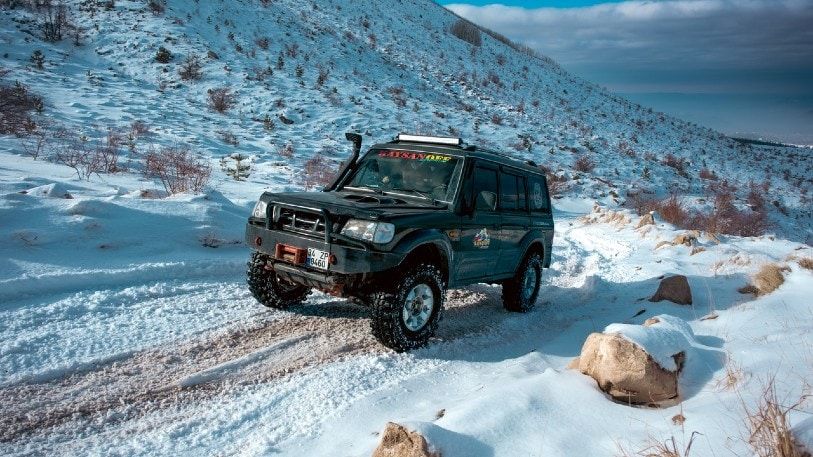
Can AWD go off-road?
All-wheel-drive isn’t the best choice for off-roading.
However, 4WD is indisputably better at this. That’s why most big SUVs and trucks use this configuration. It’s reliable and durable so it’s great for treacherous driving.
Furthermore, in modern systems, the driver can configure individual wheels or change the mode depending on the terrain. AWD isn’t as powerful or as rugged so it’s less effective.
You should certainly be able to drive your AWD vehicle through a field but it’s not ideal for serious off-road conditions. That’s because the power constantly shifts between the wheels.
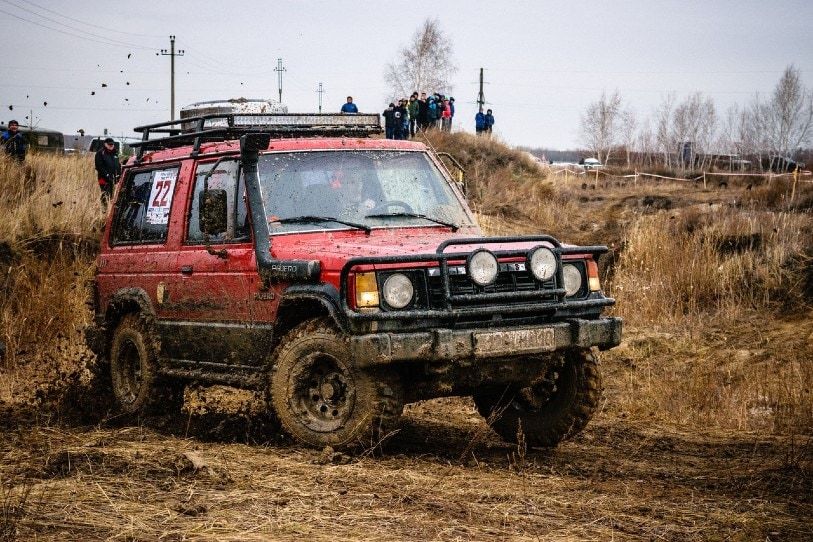
Does AWD/4WD use more petrol?
Fuel efficiency is one of the first aspects that people consider when buying a new vehicle.
Unfortunately, both AWD and 4WD use more petrol than standard 2WD configurations. This is unavoidable because they’re heavier. The increased bulk weight increases the amount of fuel the vehicle consumes.
But what about AWD vs 4WD?
Typically, AWD is less fuel-efficient than 4WD because it’s constantly in operation. If you can deactivate your 4WD when you don’t want to use it, it will be more economical. The weight issue won’t go away, but it won’t be as hungry as an AWD system.
However, if you’re using your 4WD off-road, the vehicle will consume more petrol than if your system is active on even terrain.
Which is better for towing?
Almost all big trucks and SUVs come with 4WD.
That’s because this configuration is more reliable for heavier haulage. If you plan on towing a large caravan or trailer, then a 4WD configuration is advisable.
Some smaller crossover-style vehicles will have AWD. These vehicles are suitable for towing lighter loads. However, it’s advisable to be aware of the geographic conditions and terrain before you set out.
In short, a 4WD is a safer option for long-distance haulage.
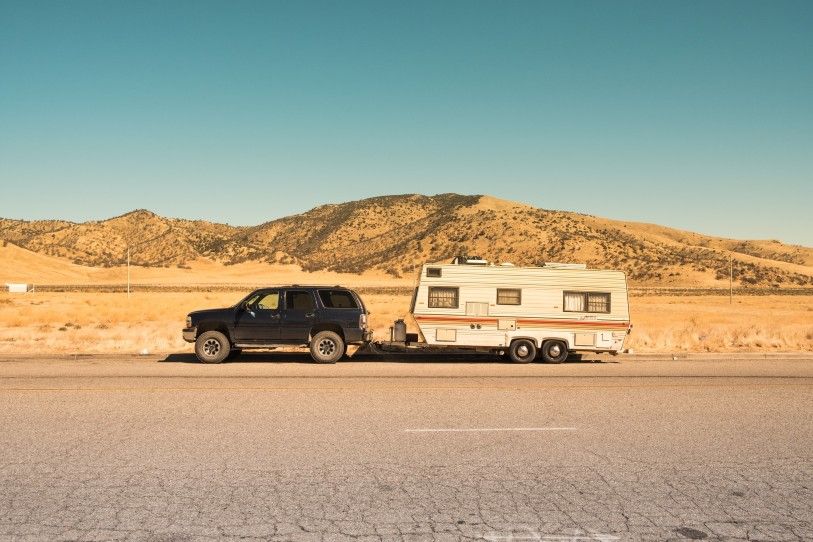
Final Thoughts
Both AWD and 4WD have their flaws and benefits.
4WD offers far more flexibility than AWD because you can usually deactivate it in family vehicles. It’s also more dependable on difficult surfaces. Nowadays, there are many ways to customize the set-up to your personal preferences in modern cars.
AWD is great if you have to deal with seasonal weather changes. It also improves the general traction control of your vehicle. But this comes with a cost because it impacts the overall fuel consumption.
Generally, 4WD is better unless you know you’ll be driving on icy roads for a couple of months every year.
If you have any questions about these configurations, please leave a comment below.
This article may contain affiliate links. I will earn a commission if you choose to purchase a product or service after clicking on my link. This helps pay for the cost of running the website. You will not be disadvantaged in any way by using my links.
Note that while every effort is made to ensure the accuracy of the information on this page, there may sometimes be errors. Check all specifications with the manufacturer before purchasing any product.


